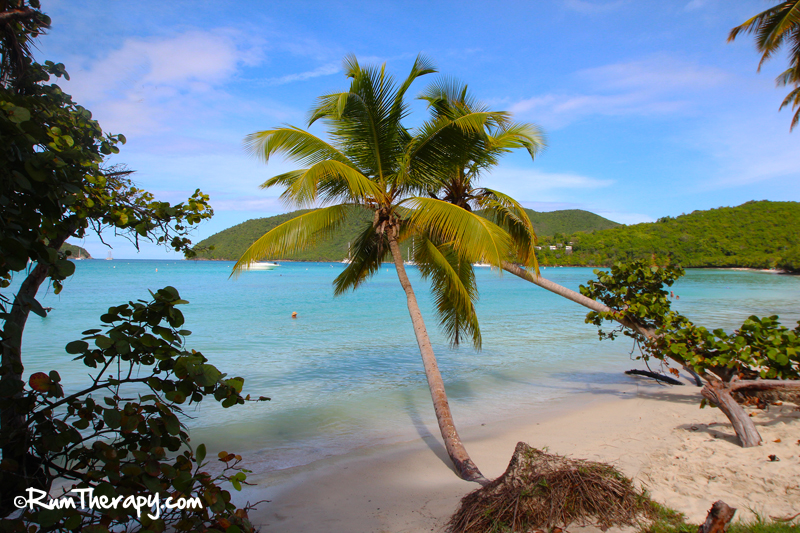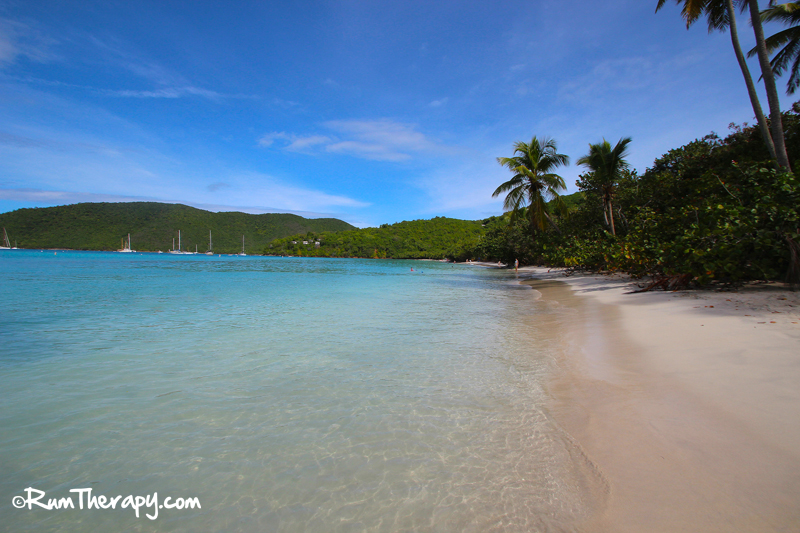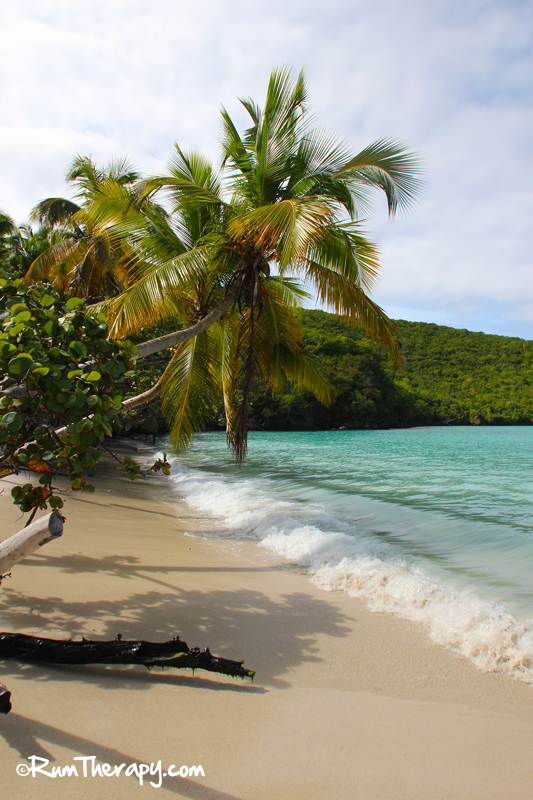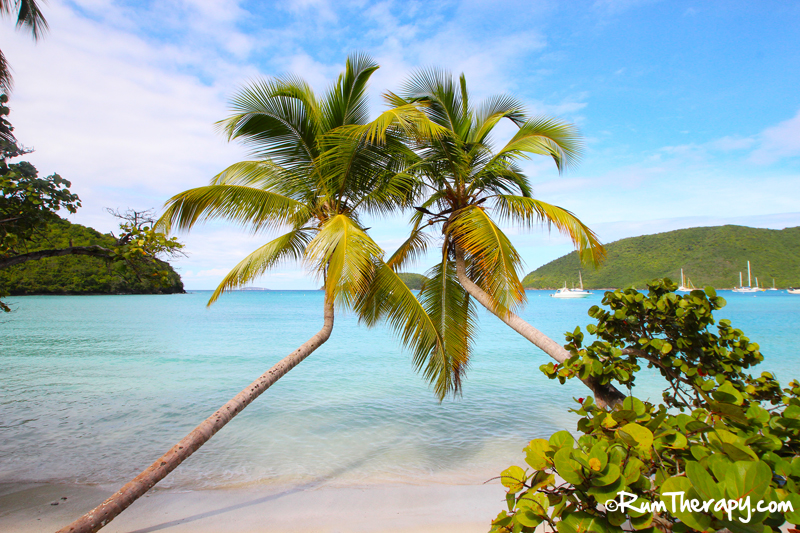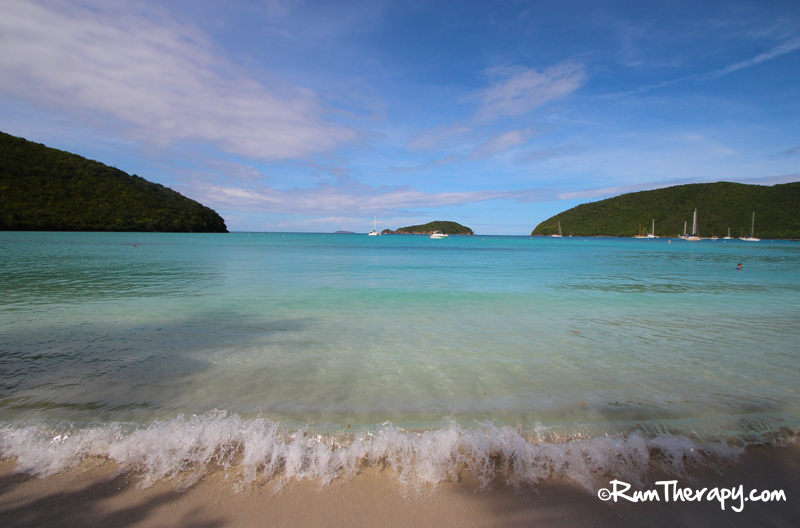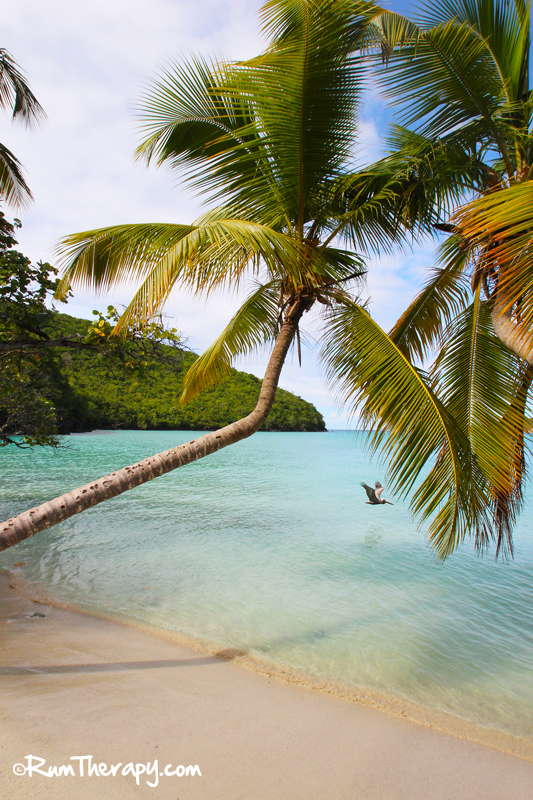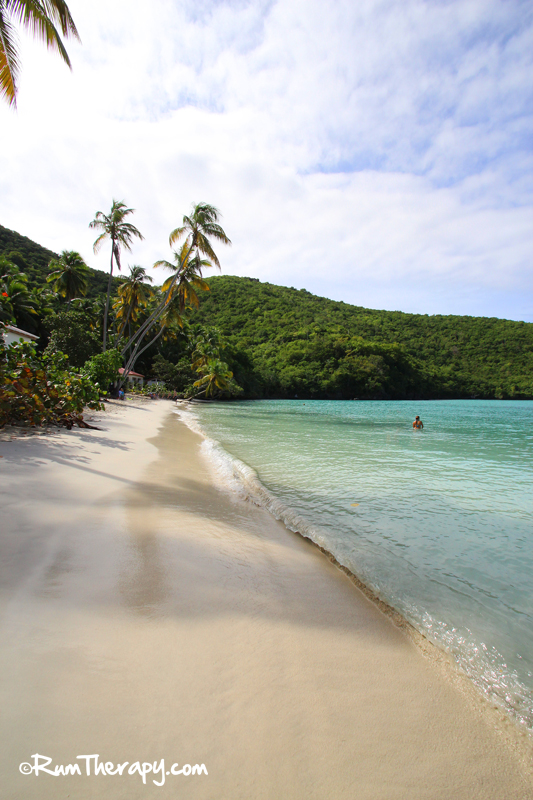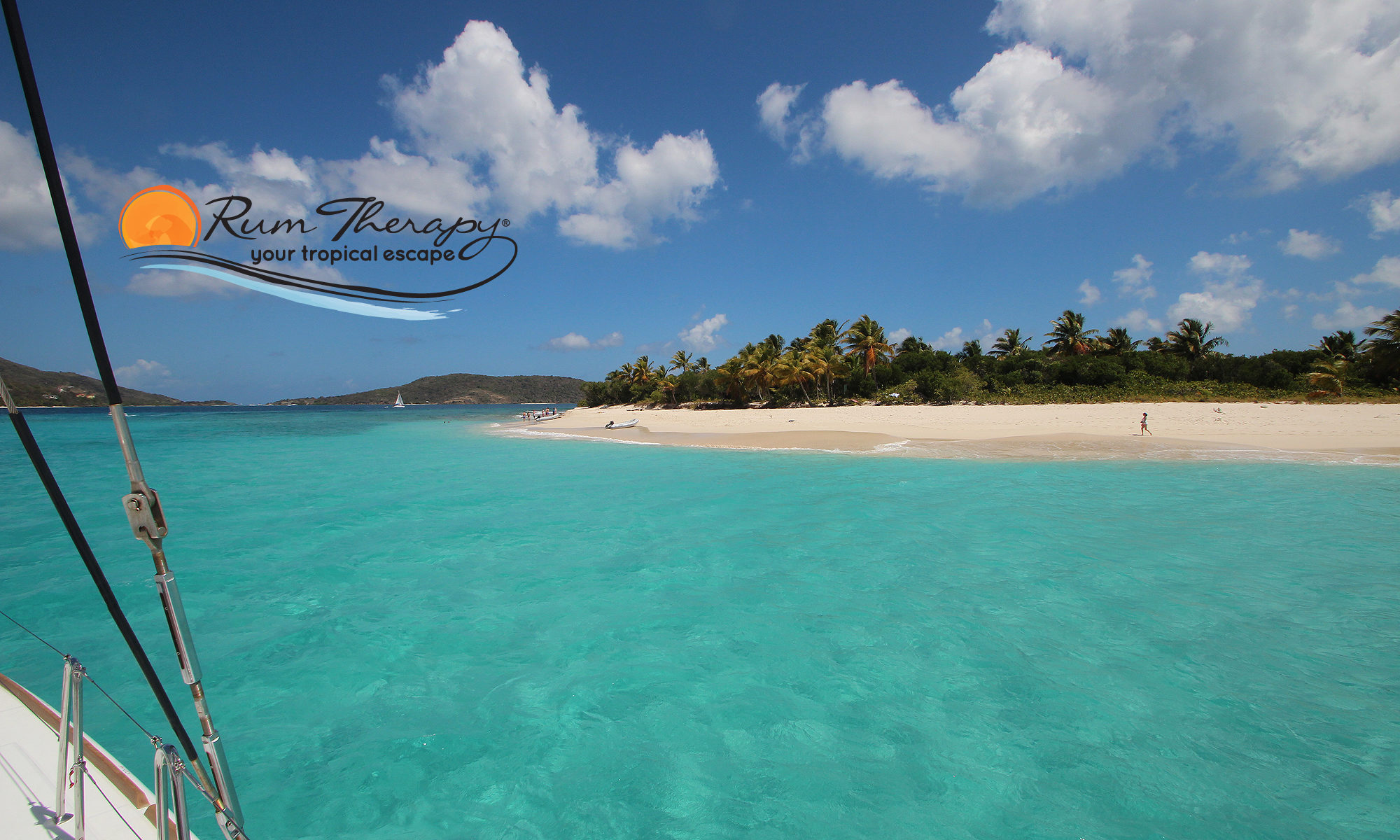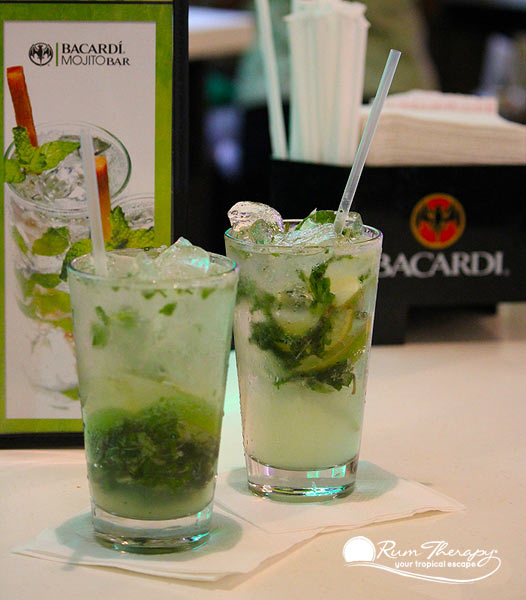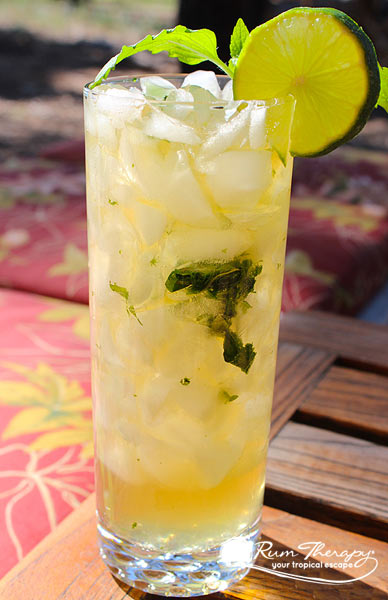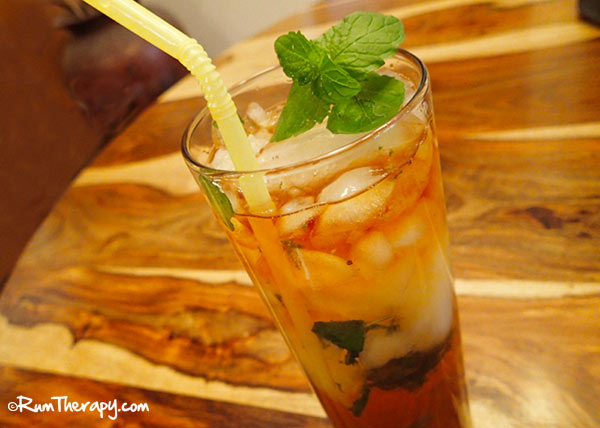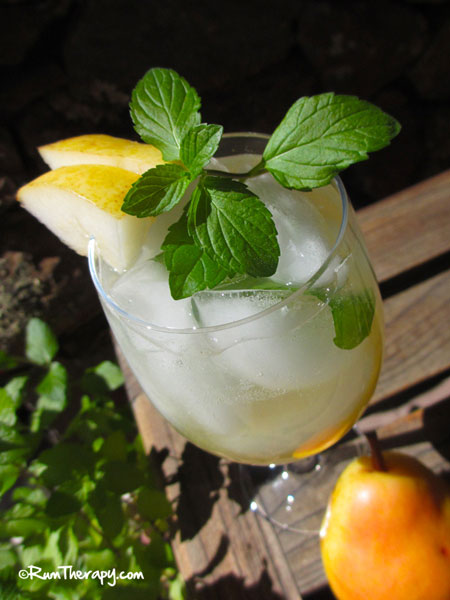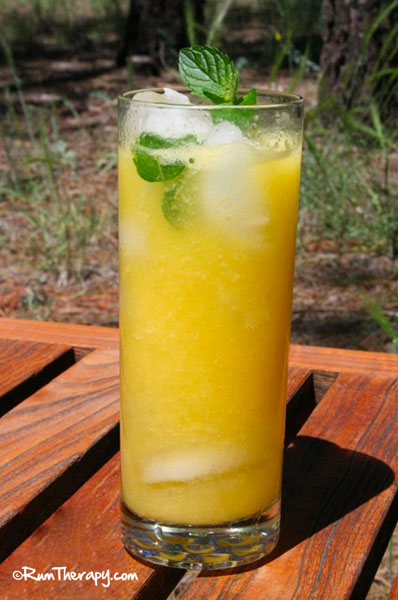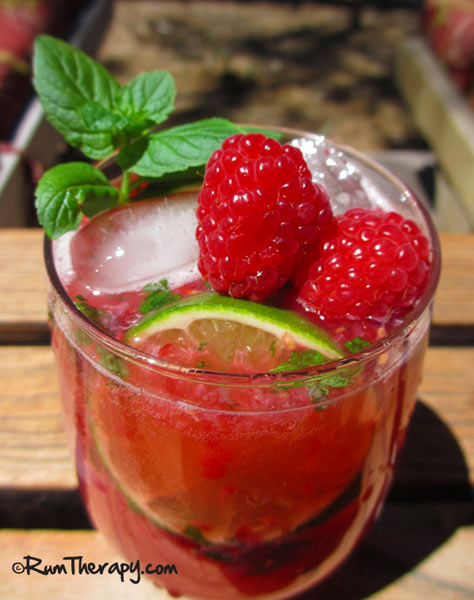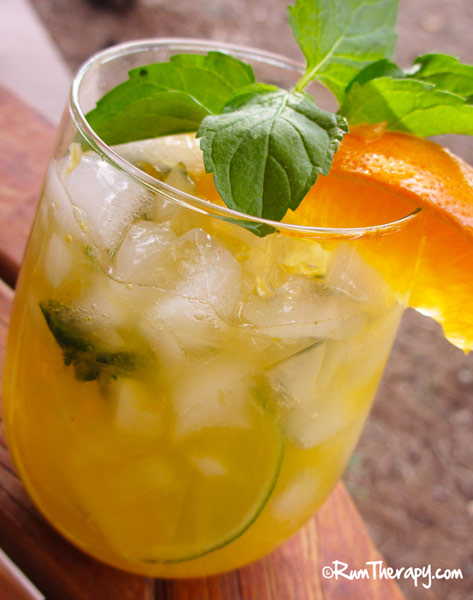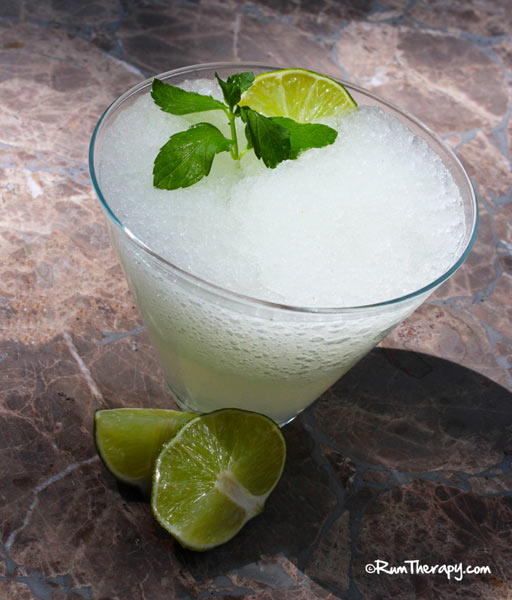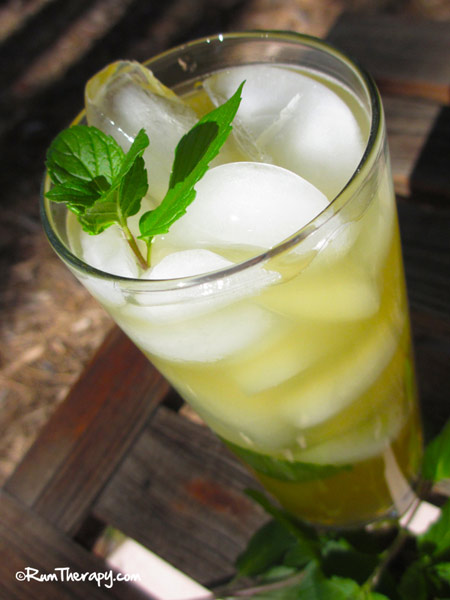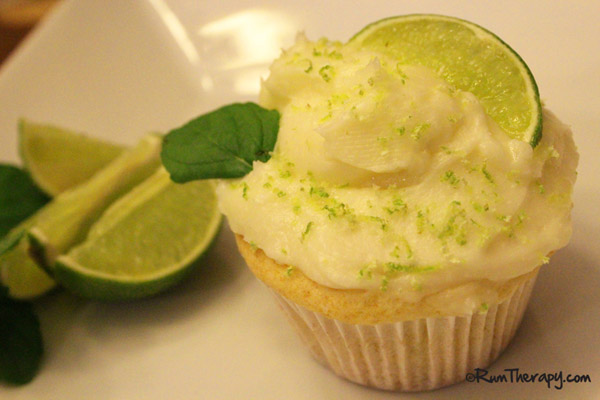Unfortunately insects like the tropics too. Mosquitos, No-See-Ums (sand fleas), ticks and more would love to make you their next tropical treat. And equally unfortunate is the fact that some folks just seem to be insect – especially mosquito – magnets. Studies show that approximately 20% of people are considered “high attractor types”. If the prospect of spending your well deserved time in paradise swatting and itching and returning with what appears to be a horrible case of the chicken pox actually makes you think twice about spending time on a beautiful beach dressed in anything other than a full body suit, here are a few tips on how to avoid becoming insect bait.
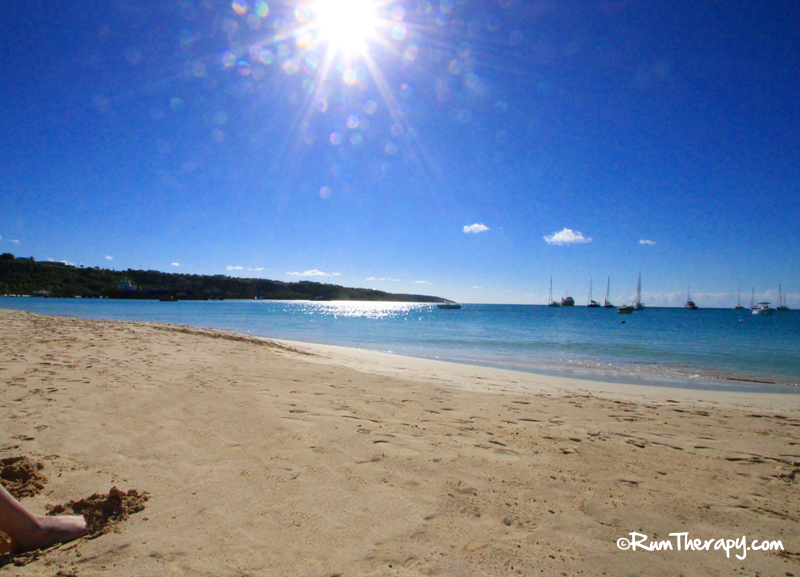 First of all, whether you are a “high attractor type” or not, everyone should take steps to protect themselves from insect and bug bites as they can, at the very least, cause discomfort and allergic reactions and far worse – insects are carriers of some very nasty diseases such as the West Nile Virus, malaria and dengue fever. Even if you are not prone to getting munched on, you should follow these important tips:
First of all, whether you are a “high attractor type” or not, everyone should take steps to protect themselves from insect and bug bites as they can, at the very least, cause discomfort and allergic reactions and far worse – insects are carriers of some very nasty diseases such as the West Nile Virus, malaria and dengue fever. Even if you are not prone to getting munched on, you should follow these important tips:
1. Either avoid being outside during peak mosquito and other insect hours – dusk to dawn, or take extra precautions such as covering up with more clothing and being vigilant in using a repellent.
2. Wear lighter clothing as mosquitos are apparently attracted to darker colors.
3. If your accommodations do not have screened windows, use a mosquito net while sleeping.
4. Avoid wearing perfumes or any products containing a fragrance.
What about bug repellent?
Experts believe at this time that the most effective ingredient in bug repellent is DEET and of course, the products with the highest concentration of DEET provide the most protection. But, some people are very sensitive or allergic to DEET and others are concerned about its potential toxicity.
Are there any alternatives to DEET? According to the CDC, other ingredients with good repellent value are: picaridin (KBR 3023), Oil of Lemon Eucalyptus/PMD, or IR3535. Be sure to follow the manufacturer’s instructions closely on all products to maximize efficiency and minimize side effects.
Are there more natural alternatives?
There are quite a few natural alternatives that are beginning to show promise in the fight against the bite. These include:
Essential Oils, such as citronella and eucalyptus
Neem (Azadirachta indica) mixed with coconut oil
Soybean oil-based repellents such as Bite Blocker
Mosquito Milk containing Lemon Grass
Here is a recipe for a Make It Yourself Natural Bug Repellent found on NYR Natural News:
Fill a small (4 oz.)spray bottle with:
1.5 oz. water
1.5 oz. vodka
15 drops citronella essential oil
15 drops eucalyptus oil
5 drops lemon grass
5 drops lavender
Shake the bottle before each use and spray on skin and clothing as necessary (requires more frequent application, at least every 2 hours)
And lastly these foods and supplements have shown some promise as well:
Garlic – some studies have shown that ingesting more garlic may increase your repellent ability, and that rubbing it on your skin may be even more effective, although it may repel more than mosquitos!
Vitamin B-1 – increasing the amount of vitamin B-1 in your diet for several weeks prior to your vacation is sworn to work by some.
As with all medications and supplements, be sure to check with your physician before trying anything new. And, most importantly, be prepared and find out what works for you before your next tropical escape to prevent disease, discomfort, allergic reactions and returning from vacation with a terrific tan, but legs that look like a connect the dots game!
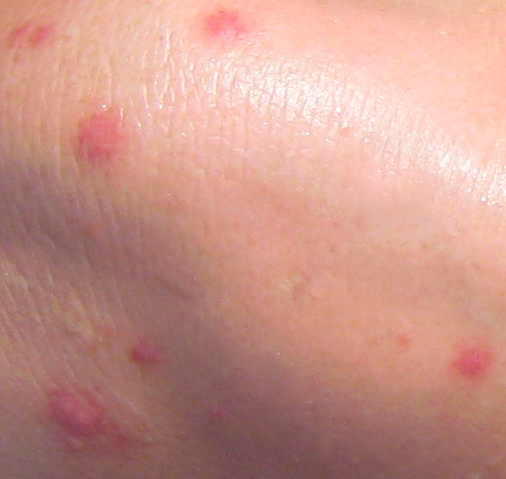 Have you found some other effective way to prevent mosquitos, no-see-ums and other insects from making a meal out of you? If so, we’d love to hear them!
Have you found some other effective way to prevent mosquitos, no-see-ums and other insects from making a meal out of you? If so, we’d love to hear them!
copyright©Rum Therapy
Pictures and other content may not be re-used without written consent from Rum Therapy, LLC
